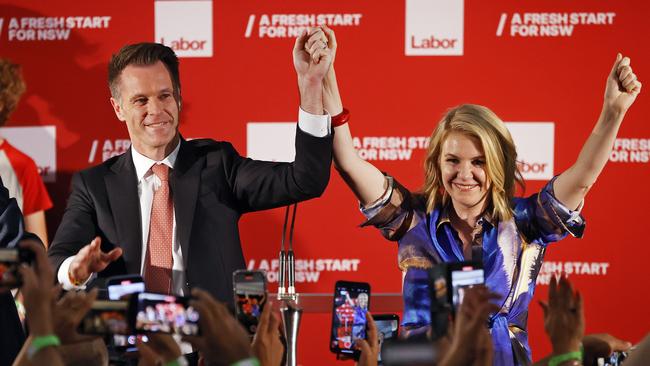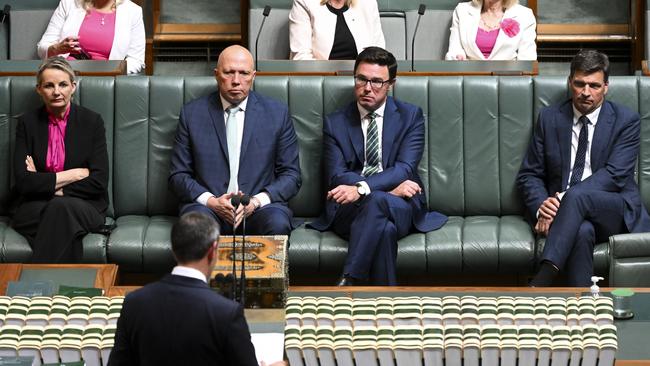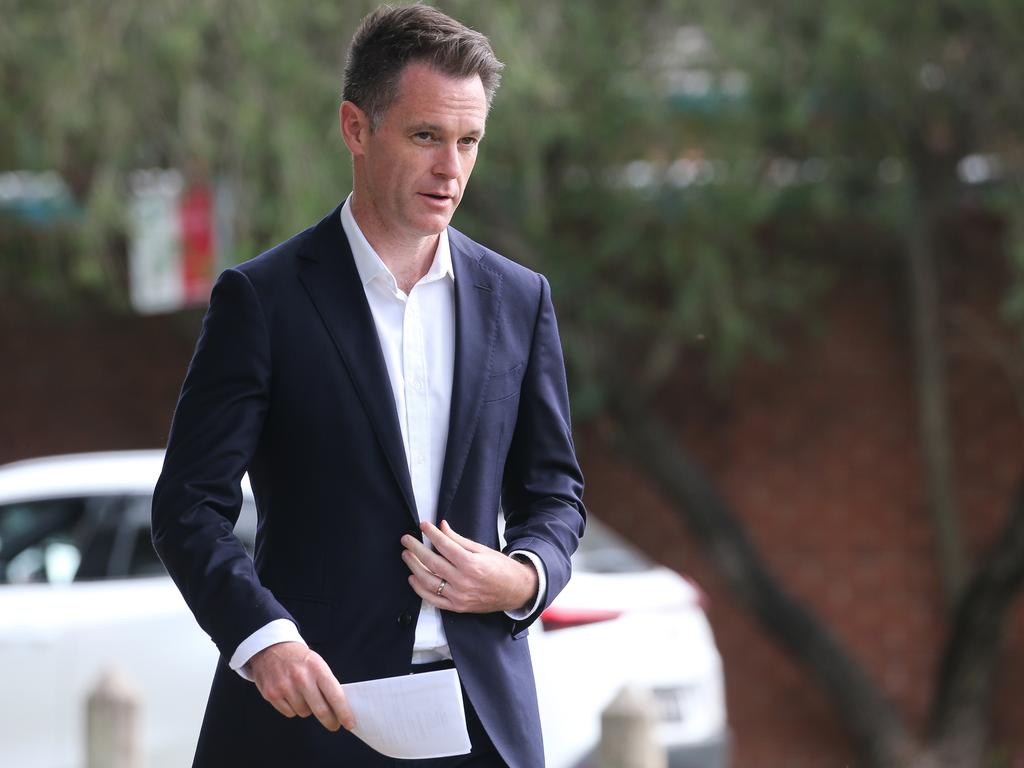
Evidence suggests that voters, not only in NSW, are looking for a different style of politics. For veteran political watchers, this columnist included, the campaign seemed at times bland and uninspiring. There was little dirt-digging and no mudslinging between leaders. No fireworks. Minns and Perrottet understood that voters are weary of the old politics and eager for something new.
The bonhomie between the leaders was not confected. Minns and Perrottet like and respect each other. They know the other is as committed to public service as they are. With young children, they are acutely aware of the toll on families for pursuing a political career. And they both endure unreasonable attacks on social media.

The pandemic forced change in how we live, work, travel, shop and socialise, and also in how politics is conducted. Minns and Perrottet understood the pandemic meant the politics of the past would no longer cut it. This change is still being fully understood but it has led to a different tone being demanded and a shift in priority issues for voters.
Labor’s central campaign issue was support for public services. This included a pledge not to privatise government assets, staff-patient ratios for hospital emergency departments and wards, boosting the number of full-time teachers and reducing class sizes, and removing the public sector wages cap. A pay rise was the most important factor shifting votes to Labor in the final weeks of the campaign.
This was not only popular with those who work in frontline services – nurses, paramedics, teachers, police and emergency services staff – but also the broader community who value their commitment to public wellbeing. They were the heroes of the pandemic. Minns insists he will negotiate wage increases with regard to affordability and productivity, but the cost-of-living pressures must be eased.
Minns is a moderate leader who will govern pragmatically. Voters responded to his often casual style, the positivity of his messages, and politeness and respect towards Perrottet. The gracious speech Minns gave on election night was matched by Perrottet, who praised the new premier for his integrity. I cannot recall such effusive praise for a victor from the vanquished.
This new style of leadership will be the hallmark of Minns‘ premiership. He sought the Labor leadership three times: in 2018, 2019 and 2021. I argued repeatedly on this page why he deserved to be leader. He achieved his teenage goal to lead Labor unopposed less than two years ago. He has united the party, renovated the frontbench and enlarged the caucus. MPs praise his collegiate style.

Minns, 43, reflects the generational change in politics. Demography, as they say, is destiny. The age of the baby boomers (born 1946-64) determining the nation’s political future is over. This post-war generation is already outnumbered by millennials (1981-96) and Generation Z (1997-2012). When Generation X (1965-80) is added, the political fault line has never been more pronounced.
Gen X, millennials and Gen Z determined the outcome of the NSW election. These generations are tired of the lack of public progress on critical issues. They do not want blame-shifting and buck-passing; they prize integrity, accountability, responsibility. They are not interested in culture wars. They respect science, want action on climate change, support reconciliation with the First Australians and value diversity, inclusion and equality.
These demographic changes are working against the Liberal and National parties. State and federal election results over the past decade show the Coalition losing support as the baby boomers age. They are being deserted by younger voters, women, migrants, aspirational families in their 30s, and professionals in their 40s and 50s.
Both major parties, as I have documented for years, are facing a long-term dealignment of traditional voter support. In NSW, Labor will secure government with a primary vote of 37 per cent. The combined Liberal-National vote crashed to below 35 per cent. Twenty years ago, in 2003, Labor’s primary vote was 42.6 per cent. In 1978 – the first Wranslide – it was 60.7 per cent.
Dealignment is a bigger challenge for the Coalition, which has lost safe state and federal seats to Labor, Greens, teals and independents in recent years. In NSW, independent MPs held Barwon, Lake Macquarie (previously a Labor seat), Murray, Orange and Wagga Wagga with swings in their favour. The Liberals lost Wakehurst to independent Michael Regan, and possibly Pittwater and Wollondilly to teals.
The answer for the Coalition is not to move further to the right and promulgate more culture wars. Chasing the small number of votes on the fringe in a contest with One Nation is a pathway to irrelevance. The centre ground, as ever, is where elections are run and won in Australia.

There is much for Peter Dutton to heed in the NSW election. It is not a good look that he was not asked to campaign in the biggest state. The Aston by-election on Saturday will be a test for his leadership. Some insiders expect the Liberals will lose the seat.
I first met Minns 25 years ago. He was easygoing, charismatic and popular. He had an element of the coming man about him. He has never taken anything for granted, is well grounded and likes to poke fun at himself and situations. He has long talked about the need for a new style of politics and approach to governing. As the 47th premier of NSW, he now has a chance to demonstrate it.








The NSW election result begs the question whether Labor leader Chris Minns’ upbeat positive campaign marked by civility and courtesy, matched by outgoing premier Dominic Perrottet, will usher in a new style of politics across the nation or is it a passing phenomenon that was good while it lasted?